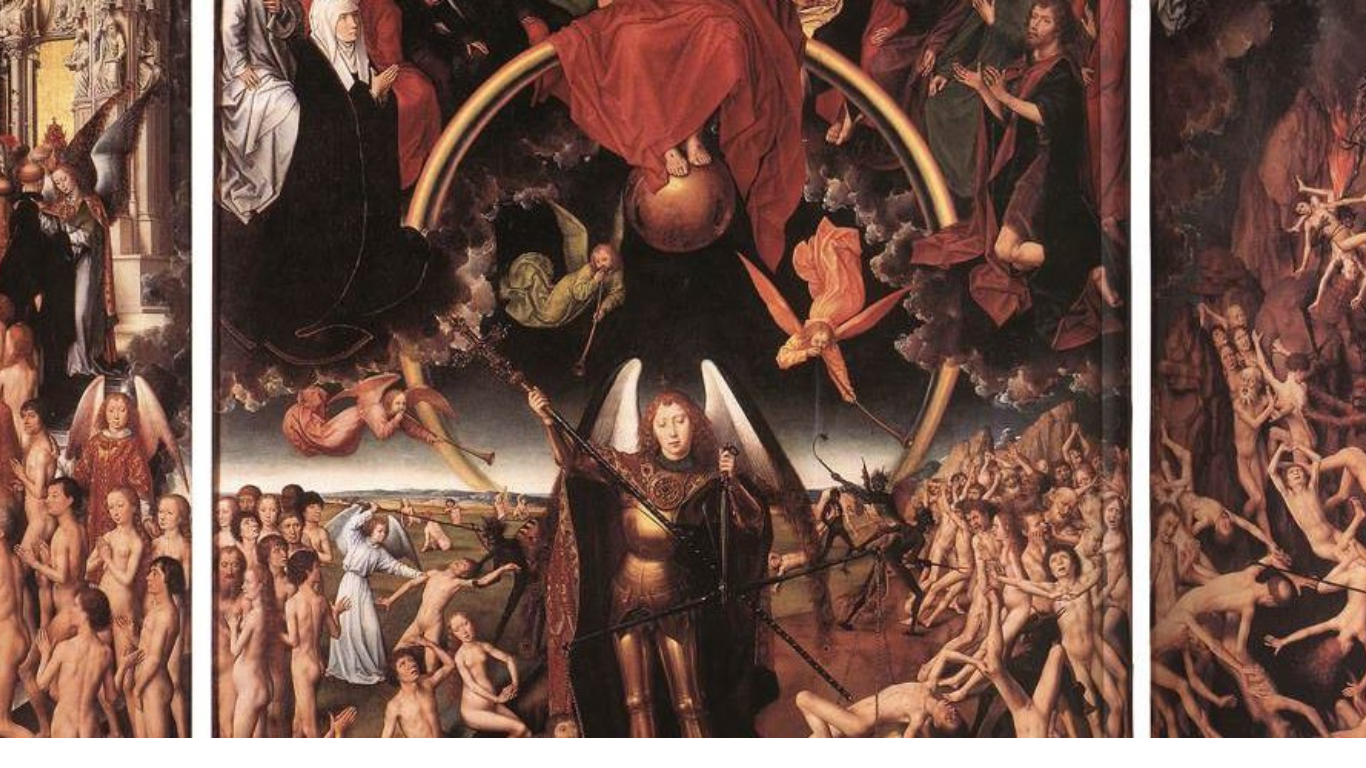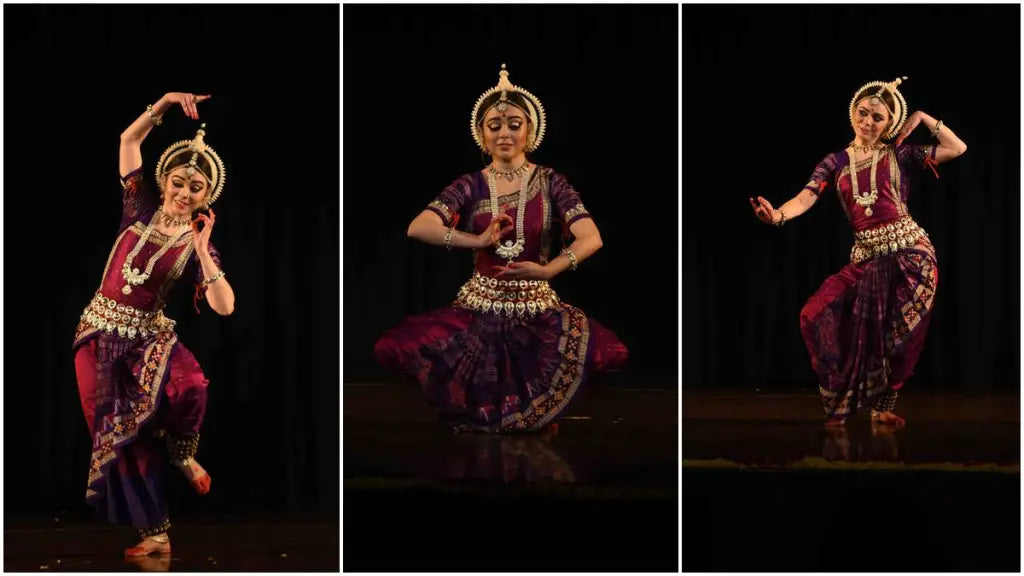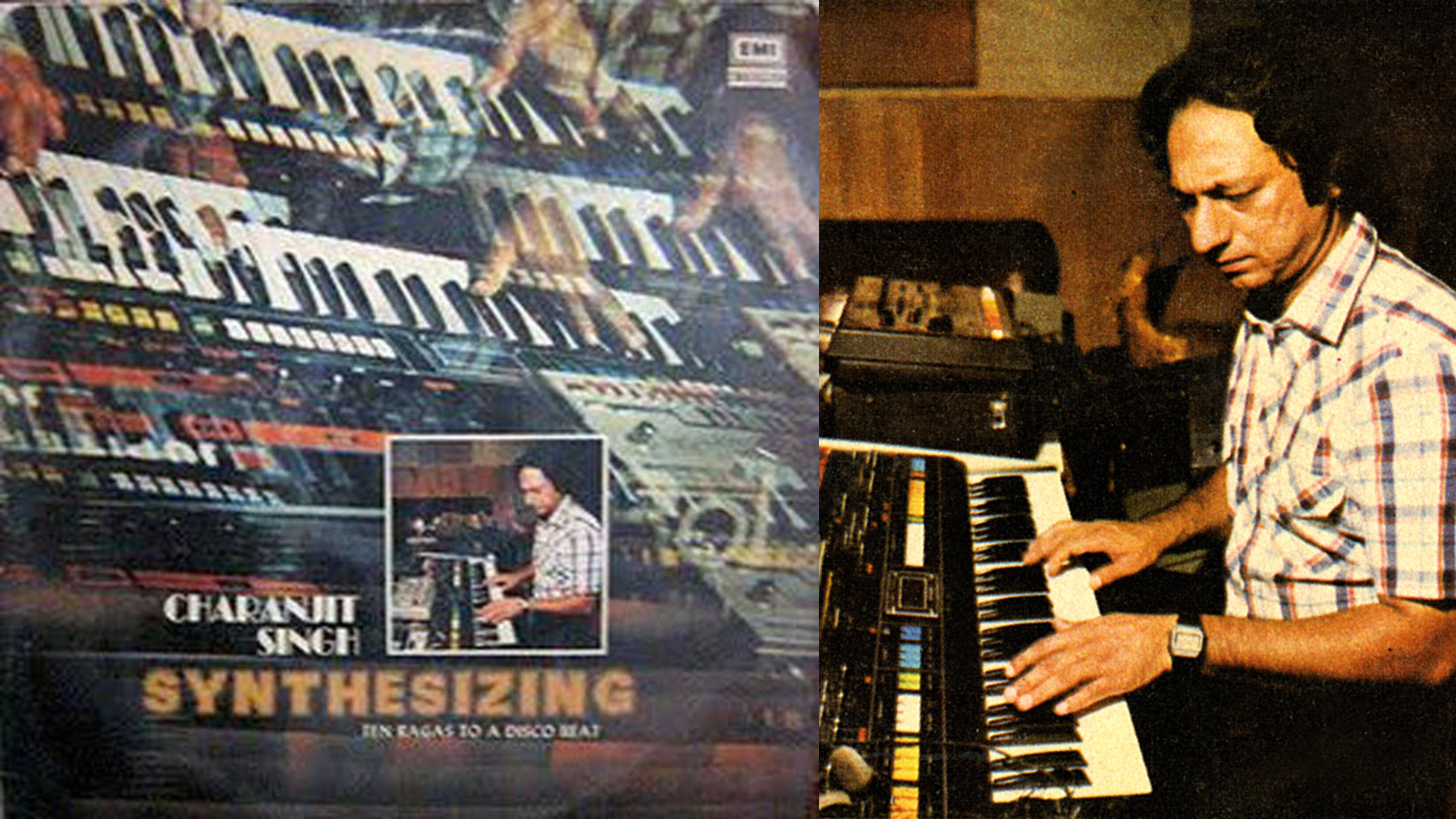Why This Centuries Old Melody Creeps Into So Many Films
·

·
Remember those chilling moments in cinema when a character meets their grim fate, and a haunting melody sends shivers down your spine? You might not realize it, but those eerie notes have a centuries-old story: Dies Irae.
Dies Irae has become synonymous with impending doom, serving as a musical motif for death and judgment.
Originating from a 13th-century Gregorian chant used in Catholic funeral masses, its Latin name translates to “Day of Wrath,” — the day of divine judgment where souls face eternal destinies.

The association of Dies Irae with death and dread is deeply ingrained in our cultural consciousness.
Musicologist Alex Ludwig, from the Berklee College of Music, has meticulously documented its appearances in film, tracing its evolution from solemn liturgy to cinematic symbol.
Over time, the Dies Irae has gone beyond its religious origins, permeating various art forms. Composers like Mozart and Berlioz have incorporated its ominous melody into their works.
With the rise of cinema, the Dies Irae found a new place in silent films, where orchestral scores accompanied dramatic narratives. Its presence in films like “Metropolis” highlighted moments of despair and destruction, utilizing its emotional impact to amplify the storytelling.
With the advent of sound in film, the Dies Irae persisted as a potent musical device, conveying impending doom in iconic movies such as “The Shining,” “Star Wars: A New Hope,” and “It’s a Wonderful Life.”
But what makes the Dies Irae so inherently unsettling? From a musical perspective, its use of Dorian mode and descending notes creates an aura of melancholy and foreboding. The proximity of half steps, like F and E, triggers discomfort, while the descending progression reinforces a sense of sorrow and finality.
Even in modified forms, such as the theme from “The Exorcist” or the abbreviated version in “The Nightmare Before Christmas,” the essence of Dies Irae persists, eliciting a visceral response from audiences.
Dies Irae has become synonymous with impending doom, serving as a musical motif for death and judgment.
Originating from a 13th-century Gregorian chant used in Catholic funeral masses, its Latin name translates to “Day of Wrath,” — the day of divine judgment where souls face eternal destinies.

The association of Dies Irae with death and dread is deeply ingrained in our cultural consciousness.
Musicologist Alex Ludwig, from the Berklee College of Music, has meticulously documented its appearances in film, tracing its evolution from solemn liturgy to cinematic symbol.
Over time, the Dies Irae has gone beyond its religious origins, permeating various art forms. Composers like Mozart and Berlioz have incorporated its ominous melody into their works.
With the rise of cinema, the Dies Irae found a new place in silent films, where orchestral scores accompanied dramatic narratives. Its presence in films like “Metropolis” highlighted moments of despair and destruction, utilizing its emotional impact to amplify the storytelling.
With the advent of sound in film, the Dies Irae persisted as a potent musical device, conveying impending doom in iconic movies such as “The Shining,” “Star Wars: A New Hope,” and “It’s a Wonderful Life.”
But what makes the Dies Irae so inherently unsettling? From a musical perspective, its use of Dorian mode and descending notes creates an aura of melancholy and foreboding. The proximity of half steps, like F and E, triggers discomfort, while the descending progression reinforces a sense of sorrow and finality.
Even in modified forms, such as the theme from “The Exorcist” or the abbreviated version in “The Nightmare Before Christmas,” the essence of Dies Irae persists, eliciting a visceral response from audiences.





